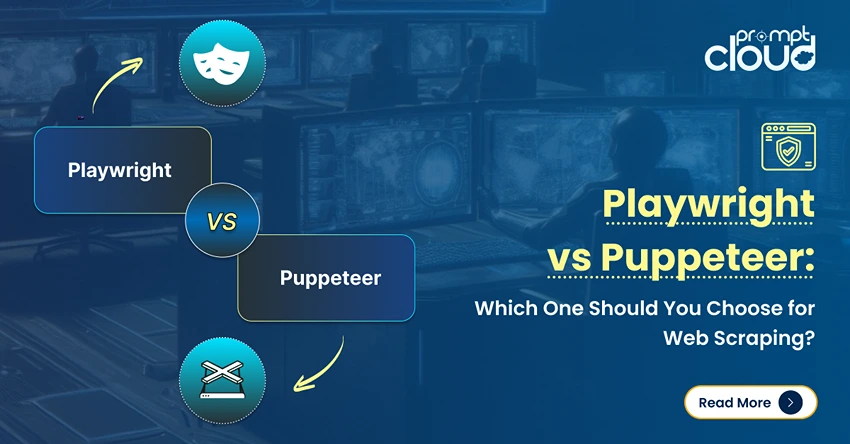With the aggressive growth trajectory of machine learning, more and more data scientists are focusing on getting the results to mimic the real-world practical applications. For this, they rely on training datasets to train their model and ‘learn’ better. Once this is done, it is passed through actual data that it hasn’t been trained on, using a test dataset. Hence the machine learning training dataset is the data for which the MLP was trained using the training dataset.
Both training and test datasets will try to align to representative population samples. This ensures that the outcomes will be universally applicable for this sample. That’s machine learning in a nutshell.
Looking for free options to begin with?
If you are looking for some valuable free database sources to build your training datasets, then the below options can be a great starting point for you:
- UCI- Machine Learning Repository
- Iris by UCI [It has 3 classes, 50 samples for each class totaling 150 data points; good resource for beginners]
- Kaggle
- Open Data Sets Helps To Teach Things And Robots To Be Smart And More Useful
- ML Bench by R
- MIAS
- Mulan
- DataStock by PromptCloud
What factors are to be Considered when Building a Machine Learning Training Dataset?
1. The Right Quantity
You need to assess and have an answer ready for these basic questions around the quantity of data:
- The number of records to take from the databases
- The size of the sample needed to yield expected performance outcomes
- The split of data for training and testing or use an alternate approach like k-fold cross-validation
2. The Approach to Splitting Data
You need data to build the model, and you need data to test the model. There should be a method to split the dataset into these two portions. You can go for a random split or time based split. In the latter, the general rule of thumb is that older data is for training and newer data is for testing. Some datasets need other approaches like stratified sampling or cluster sampling. If you really aren’t sure, do a small pilot to validate your model and then roll it full-fledged across the board.
3. The Past History
Many data scientists have already worked on problems in the past and come up with training datasets for their specific modeling needs. Working on applied machine learning problems makes it easier to not only obtain the right set of data but also there is a certainty to the results anticipated.
You can check out studies that have problems similar to your current problem and take the data for better efficacy of the model building process. If you are fortunate enough to get a big number of similar studies carried out in the past, you can average out over them for your building purposes.
4. Domain Expertise
The ‘Garbage In Garbage Out’ philosophy is extremely valid for the training dataset for machine learning. The machine learning algorithm will learn for whatever data you feed it. So if the data provided as input is of good quality, then the learning algorithm developed will also be of good quality. Typically, the samples you feed in need to possess two key qualities – independence and identical distribution.
And how do you determine if what is being input is of good quality? Simple. Have a subject matter expert run a trained pair of eyes through the data. S/he will be able to assess if the sample used is adequate, if the sample is evenly distributed, and if the sample is independent.
The expert can also help in engineering the data in such a way that you get a bigger pool without compromising the basic tenets of coverage and universal applicability. S/he can also help to simulate data that you don’t have currently but wish to use to train the machine learning program.
5. The Right Kind of Data Transformation
Once you have processed the clean data, you can transform it based on your machine learning training objectives. The domain expertise and algorithm features/ functions can help you determine the right kind of transformation to be applied to power up the training dataset. This step of feature engineering helps in transforming the data into one best suited for a particular type of analysis. Feature engineering can comprise one or more of the below data transformation processes.
a. Scaling–Normally a processed dataset will have attributes that use a variety of scales for metrics such as weights (kilograms or pounds), distance (kilometers or miles), or currency (dollars or euros). You will need to reduce the variations in the scale for a much better result. This step of feature scaling will help to analyze the data better.
b. Decomposition–With the help of functional decomposition, a complex variable can be split into granular level into its constituent parts. These individual constituent parts may have some inherent properties or characteristics that can augment in the entire machine learning building process. Hence splitting up to reach these characteristics is important. It helps to separate the ‘noise’ from the elements or components we are actually interested in for building the training datasets. The way a Bayesian network method tries to split a joint distribution along its causal fault line, is a classic example of decomposition at work.
c. Aggregation–At the extreme opposite of decomposition is the method of aggregation. It combines multiple variables featuring similar attributes into a single bigger entity. For some machine learning datasets, this may be a more sensible way to build the dataset for solving a particular problem. An example can be how aggregate survey responses can be tracked rather than looking at individual responses, to solve a particular problem through machine learning.
Identifying the Type of Algorithm in Development
You can go for a linear or a non-linear algorithm. Knowing what type of algorithm you are running after, you will be able to better assess the type and quantity of data needed for building the training dataset. Typically, non-linear algorithms are considered more powerful. They are able to grasp and establish connections in non-linear relationships between the input and output features.
In terms of overall structure, these nonlinear algorithms may be better flexible and nonparametric (such algorithms can figure out not only how many parameters are required but also determine what values to be present for these parameters to better resolve a specific machine learning problem). Since it is non-linear, it means that it can display a high degree of variance, i.e. the outcomes of the algorithm may vary based on what data is being used to train it.
This also means that a non-linear algorithm needs much more volume of data inside the training dataset for it to grasp the complex connections and relationships between different entities being analyzed. Most of the better known enterprises are interested in such algorithms that keep improving as more and more data is input into their system.
Identifying Correctly ‘if’ and ‘when’ Big Data is Required
When we talk about building a training dataset, we need to assess smartly if at all big data (very high volume of data) is needed. If so, then at what point of the dataset creation should we bring in the big data. In addition to being cost-intensive, introducing big data can significantly impact the time to market of building the dataset. However, if it is absolutely unavoidable then you need to put resources to get big data to be a part of your training data set.
A classic case in point will be when you are carrying out traditional predictive modeling. In this, you may reach a point of diminishing returns where the yields will not correspond to the amount of data you have input. You may need far more data to overcome this barrier. By carefully assessing your chosen model and your specific problem in hand, you can figure out when this point will arrive and when you would need a much bigger volume of data.
To Conclude
Building a training dataset drives the quality of the overall machine learning model. With these factors, you can make certain that you build a high-performance machine learning dataset and reap the benefit of a robust, meaningful, and accurate machine learning model that has ‘learnt’ from such a superior training dataset.
Interested to share any other major factor that can influence the quality of the training dataset for machine learning? Do write in the comments below and let us know your thoughts.


















